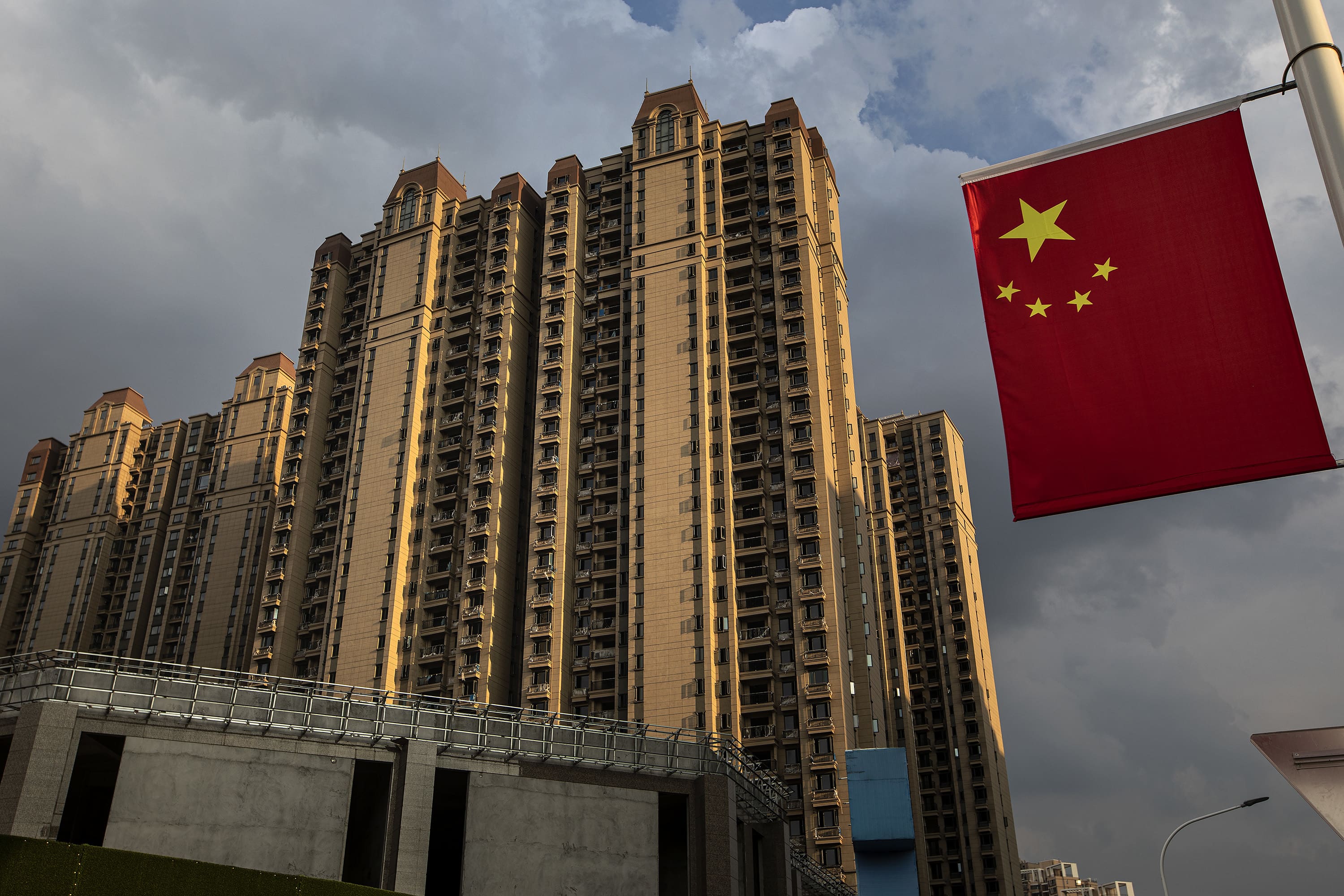China's Triple Crisis: Understanding the Real Estate, Banking, and Credit Challenges
China's Rise and the 2008 Crisis China experienced a remarkable transformation, evolving from a poor country to the world's second-largest economy. It became k
- by B2B Desk 2023-06-13 12:01:16
China's Rise and the 2008 Crisis
China experienced a remarkable transformation, evolving from a poor country to the world's second-largest economy. It became known as the "factory of the world." However, the 2008 global financial crisis had a profound impact on China. As demand for goods declined, foreign direct investment slowed down, severely affecting the Chinese economy. Foreign direct investment growth plummeted from a positive 29% to a negative 13.2% in 2009, causing a ripple effect on China's overall growth.
Government's Response: Artificially Inflating the Economy
To counter the effects of the 2008 crisis, the Chinese government implemented a strategy to artificially inflate the economy. They allocated 4 trillion Yuan (approximately 586 billion dollars) for this purpose and instructed banks to provide loans to businesses and state-owned companies. However, this approach gave rise to several problems in the Chinese market.
Challenges in the Chinese Market

1. Real Estate Crisis
In 2016, China introduced the D-Leveraging Strategy to reduce the leverage in its financial and economic systems. However, the real estate crisis posed another challenge. Developers faced a cash crunch, leading to unfinished projects. To generate capital, they resorted to pre-construction sales, offering discounts to buyers in exchange for upfront cash. This strategy attracted new buyers but hindered sales of completed properties, causing delays and disruptions in the real estate market.

2. Banking Crisis and the Wealth Effect
More recently, China witnessed a banking crisis, with frozen bank deposits and protests from disgruntled customers. This crisis further weakened the already vulnerable banking sector, contributing to a downward economic spiral. Additionally, the wealth effect, a behavioral economic theory, played a role. As housing prices declined, people reduced their spending on non-essential items, leading to an economic slowdown.
Banks had to cap their fixed deposit interest rates at 2.3% and lending rates at 5.31%. They also encountered numerous restrictions on loan disbursement, limiting the amount businesses could borrow. This created a lose-lose situation, where banks couldn't generate higher profits, businesses couldn't secure sufficient loans, and local governments struggled to meet their targets.

3. Credit Challenges
Local Chinese governments faced a target deficit problem. They had ambitious growth targets but lacked the necessary funds to achieve them. Due to regulations, borrowing beyond a certain limit from banks became challenging, resulting in a deficit between their goals and available funds.
Rise of Shadow Banking: Shadow banking, referring to unregulated financial intermediaries that provide loans similar to banks, became prevalent in China. The lack of flexibility in traditional banking led to increased reliance on these risky financial transactions. Businesses and even local governments turned to shadow banking, resulting in excessive interest rates and unregulated lending practices.
Implications for India
China's crises have implications for India. SMEs, which account for 60% of China's GDP, are struggling to secure adequate funding. The credit crunch and supply constraints in Chinese manufacturing could redirect foreign investors to India, making it a favorable destination.
POPULAR POSTS
Loan EMIs to Drop as RBI Slashes Repo Rate - Full MPC December 2025 Highlights
by Shan, 2025-12-05 11:49:44
Zoho Mail vs Gmail (2025): Which Email Platform Is Best for Businesses, Startups, and Students?
by Shan, 2025-10-09 12:17:26
PM Modi Launches GST Bachat Utsav: Lower Taxes, More Savings for Every Indian Household
by Shan, 2025-09-24 12:20:59
$100K H-1B Visa Fee Explained: Trump’s New Rule, Clarifications & Impact on Indian Tech Workers
by Shan, 2025-09-22 10:11:03
India-US Trade Deal Soon? Chief US Negotiator Arrives in Delhi as Talks Set to Begin Tomorrow
by Shan, 2025-09-15 11:54:28
Modi Meets Xi: Trump’s Tariffs, Strategic Autonomy, and the Future of Asia’s Power Balance
by Shan, 2025-09-03 06:40:06
Google Claims Gemini AI Uses Just ‘Five Drops of Water’ Per Prompt, Sparks Debate
by Shan, 2025-08-22 12:34:27
RECENTLY PUBLISHED

Pine Labs IPO 2025: Listing Date, Grey Market Premium, and Expert Outlook
- by Shan, 2025-11-05 09:57:07

The Agentic Revolution: Why Salesforce Is Betting Its Future on AI Agents
- by Shan, 2025-11-05 10:29:23

Top 10 Insurance Companies in India 2026: Life, Health, and General Insurance Leaders Explained
- by Shan, 2025-10-30 10:06:42

OpenAI Offers ChatGPT Go Free in India: What’s Behind This Big AI Giveaway?
- by Shan, 2025-10-28 12:19:11

Best Silver Investment Platforms for 2025: From CFDs to Digital Vaults Explained
- by Shan, 2025-10-23 12:22:46





 Subscribe now
Subscribe now 